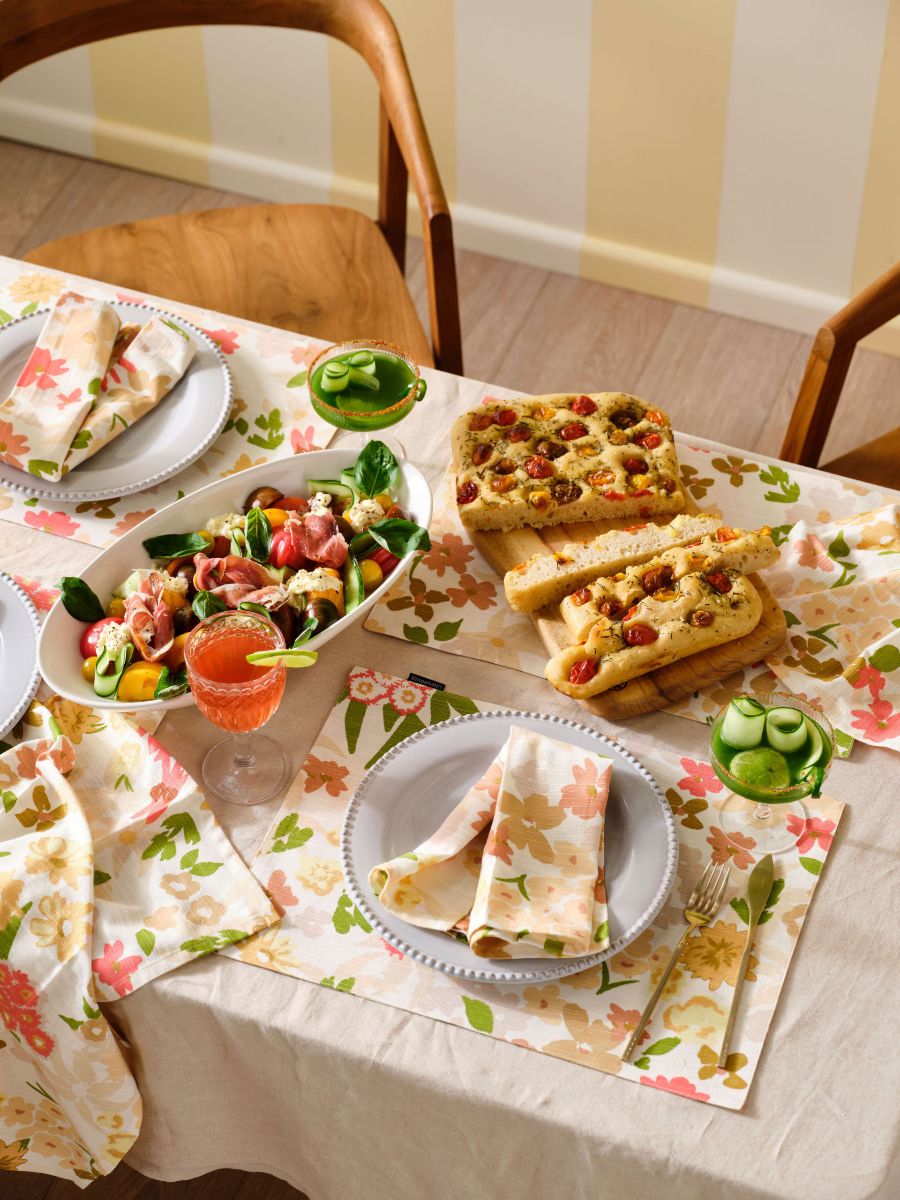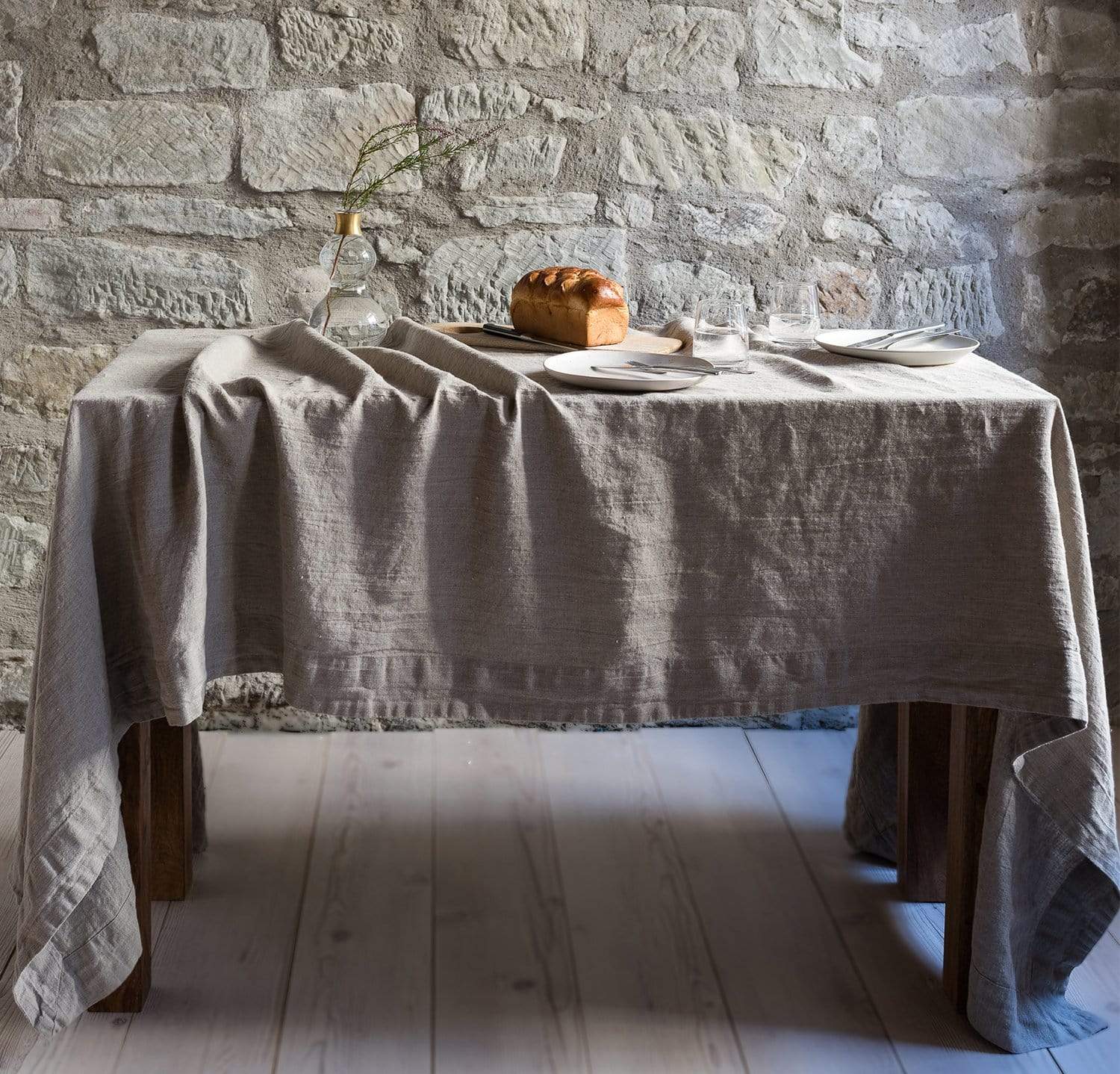Premium Flat Sheet Option: Comfort and Durability for each Bed
Premium Flat Sheet Option: Comfort and Durability for each Bed
Blog Article
Linen Fabric Advancements: Discovering Modern Trends and Creative Applications in Layout and Fabric Sector
From lasting manufacturing techniques to advanced weaving modern technologies, the advancement of linen is reshaping the landscape of the fabric sector. As we dig into the worlds of innovative layout applications and the introduction of linen blends and hybrid textiles, a brand-new chapter unfolds in which bed linen's duty in future textile developments takes center phase.
Sustainable Practices in Bed Linen Manufacturing
Sustainable methods in linen production have actually become increasingly crucial in the fabric market's efforts to minimize ecological effect and promote moral sourcing techniques. Linen, an all-natural fiber stemmed from the flax plant, supplies a series of advantages such as biodegradability, longevity, and breathability. However, typical techniques of bed linen production can include significant water usage, chemical use, and energy-intensive processes.
To resolve these challenges, many textile suppliers are taking on sustainable methods throughout the bed linen manufacturing process. This includes sourcing flax from natural ranches that avoid unsafe pesticides and chemicals, carrying out water-efficient retting strategies to extract fibers from the flax stalks, and using eco-friendly dyes and coatings. Additionally, some companies are buying sustainable power resources to power their manufacturing facilities and reducing waste with recycling and upcycling campaigns.
Technological Developments in Linen Weaving
With the growing focus on lasting techniques in bed linen manufacturing, the fabric market is currently observing a rise in technical innovations specifically focused on reinventing the art of linen weaving. These technologies are reshaping the way linen fabrics are produced, providing boosted effectiveness, high quality, and imagination in weaving strategies.
Among the key technical advancements in linen weaving is the combination of electronic looms. These sophisticated looms are geared up with software application that permits for complicated and intricate layouts to be woven with accuracy. By digitizing the weaving process, producers can achieve greater consistency and precision in their bed linen fabrics.
Moreover, advancements in thread spinning modern technology have enabled the production of finer and more long lasting linen threads - table cloths. This leads to softer and smoother linen fabrics that preserve their high quality even after numerous usages and washes
In addition, the advancement of eco-friendly dyeing procedures and surfaces for linen materials is acquiring grip. These sustainable practices not just reduce the environmental influence however also accommodate the enhancing customer demand for morally produced fabrics.
Creative Layout Applications for Linen
Cutting-edge imaginative methods are progressively forming the creative design applications for bed linen in the textile sector. Bed linen's all-natural visual appeal and ability to blend with other fabrics make it a preferred selection for developing unique garments and accessories that cater to the ecologically aware consumer.
Furthermore, designers are explore bed linen in home decoration, using its breathable and sturdy nature to craft stylish furnishings such as curtains, bed linen, and upholstery. The structure and drape of linen bring a sense of elegance and comfort to interior spaces, adding a touch of style to modern-day homes.

Bed Linen Blends and Hybrid Fabrics

Hybrid textiles, on the other hand, take the principle of blending an action additionally by incorporating added elements review such as metal threads, recycled products, or conductive fibers. These innovative fabrics not just increase the design opportunities however also present functional elements like conductivity, antimicrobial homes, or boosted toughness. Hybrid textiles are significantly being used in numerous industries, consisting of style, interior decoration, and technological textiles, where the need for multifunctional products is on the increase.
Bed linen's Role in Future Textile Innovations

In the world of future fabric innovations, linen is expected to be this content a crucial gamer in the growth of innovative useful textiles. Scientists and designers are checking out methods to improve linen's intrinsic high qualities with technical improvements, such as including clever fabrics, nanotechnology, and efficiency surfaces. These advancements intend to raise linen's performance characteristics, making it appropriate for a wider variety of applications, from activewear to protective clothes.
Furthermore, the combination of linen with various other natural or synthetic fibers opens unlimited possibilities for producing unique fabrics with unique residential properties and performances. By leveraging linen's attributes and exploring cutting-edge blends, the fabric market is poised to present interesting developments that accommodate advancing consumer demands and sustainability needs.
Final Thought
To conclude, the exploration of lasting methods, technological innovations, innovative style applications, bed linen blends, and its function in future textile technologies highlight the constant evolution of bed linen textile in the modern-day design and fabric market. With an emphasis on advancement and creativity, the convenience and green nature of linen make it a beneficial material for developers and producers alike, leading the way for additional developments and improvements in the field of textiles.
As we dive into the worlds of creative style applications and the emergence of linen blends and crossbreed fabrics, a brand-new phase unfolds in which linen's duty in future fabric developments takes facility phase.
Checking out the blend of bed linen with other textiles has actually led to the development of cutting-edge blends and hybrid textiles in the contemporary fabric sector. Linen blends use a special combination of the attributes of linen with those of various other fibers, resulting in textiles that possess improved residential or commercial properties such as increased resilience, boosted draping, and reduced wrinkling.The advancement of bed linen blends and hybrid fabrics has set the phase for Bed linen to play a crucial role in driving future textile developments.In the realm of future textile Source technologies, linen is expected to be an essential player in the development of sophisticated practical materials.
Report this page